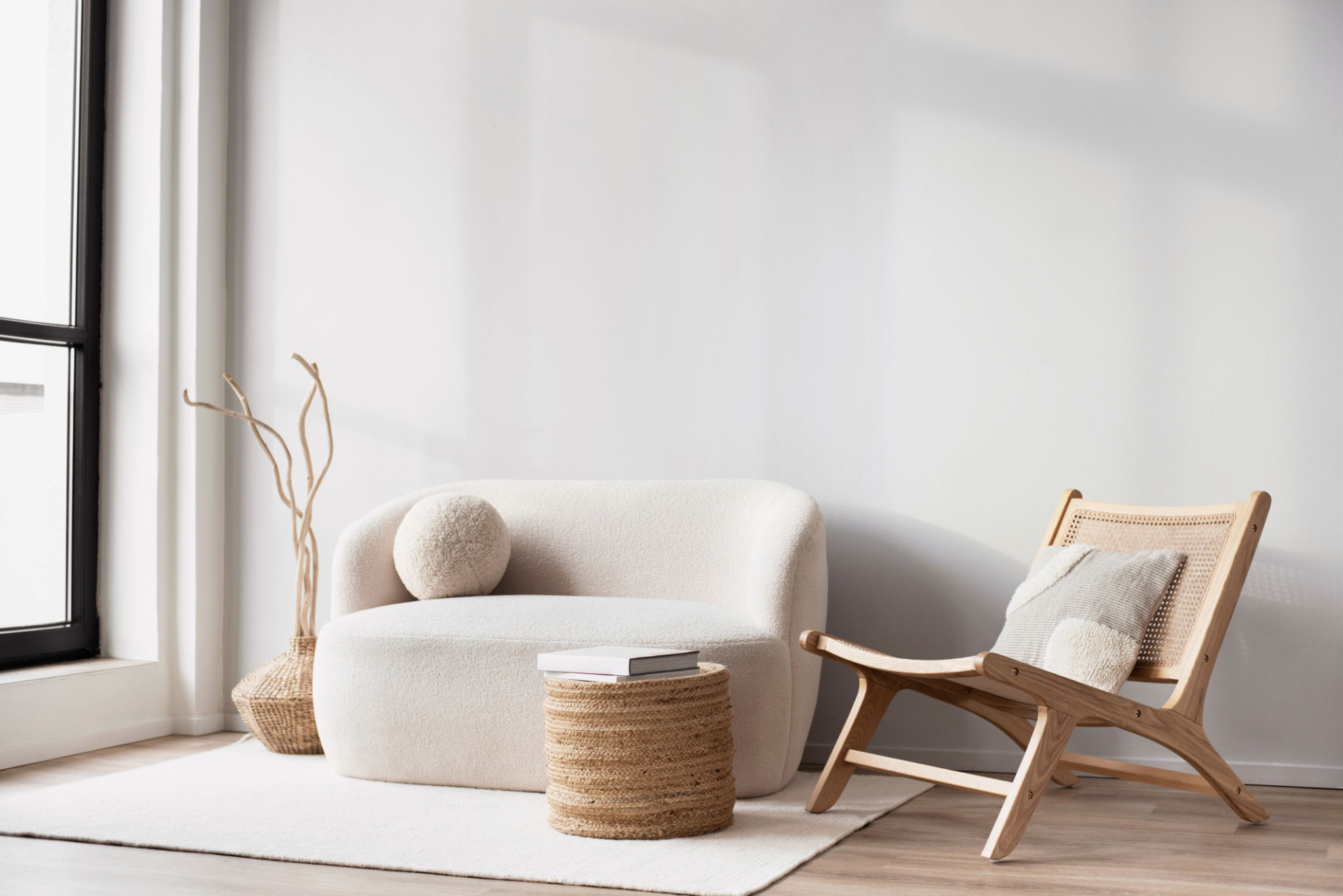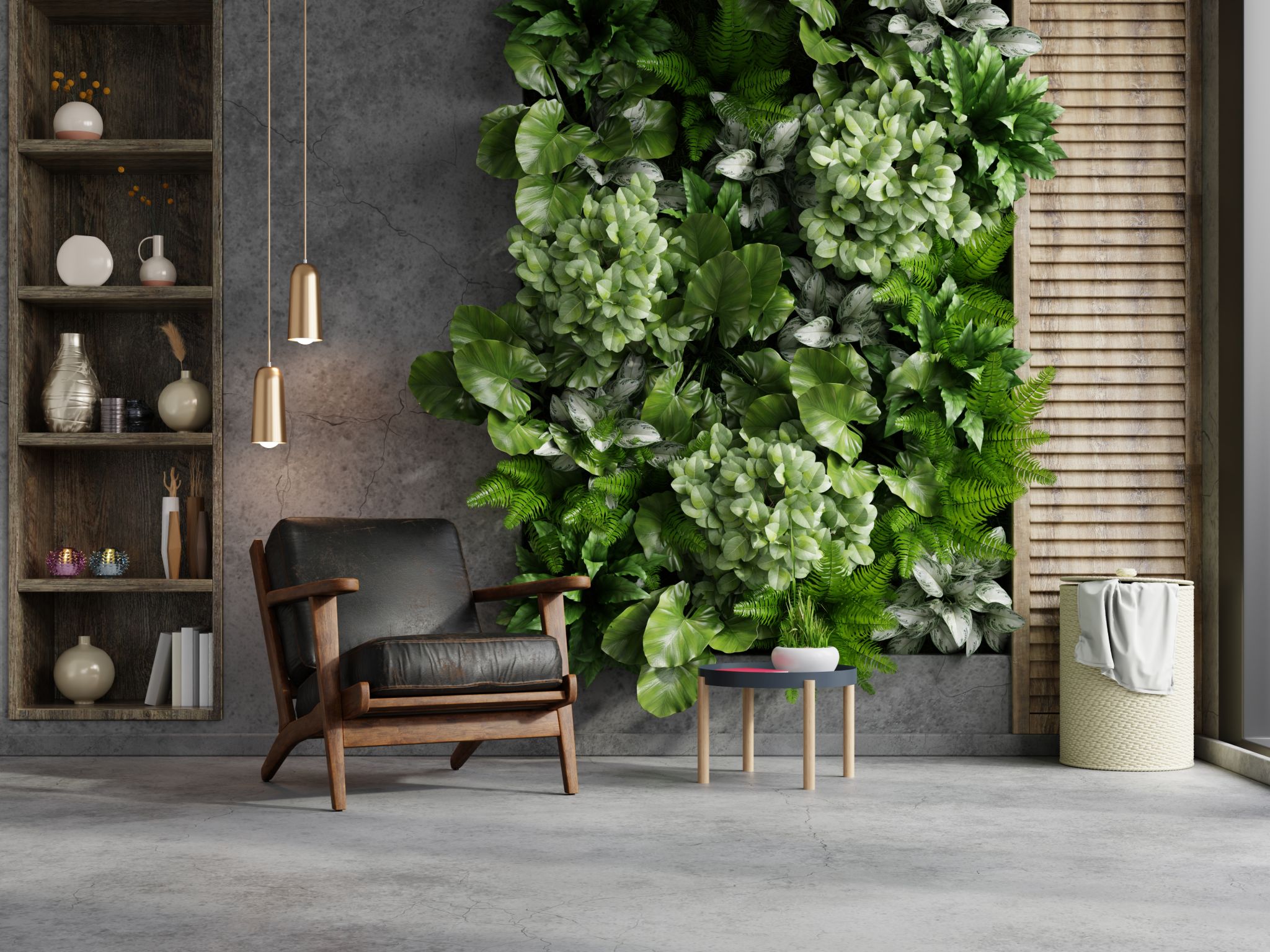How to Incorporate Dutch Design into Your Home's Interior
Po
Understanding Dutch Design Principles
Dutch design is renowned for its minimalist, functional, and innovative approach. Rooted in a blend of simplicity and ingenuity, incorporating Dutch design into your home can create a space that is both aesthetically pleasing and highly functional. Key principles of Dutch design include minimalism, practicality, and a focus on sustainability. These elements come together to form interiors that are not only beautiful but also meaningful and efficient.
One of the hallmarks of Dutch design is its use of clean lines and uncluttered spaces. This minimalist approach helps to create an environment that feels open and airy. By focusing on the essentials and eliminating unnecessary embellishments, Dutch design emphasizes quality over quantity, ensuring that each piece in your home serves a purpose.

Incorporating Minimalism and Functionality
To bring Dutch design into your home, start by adopting a minimalist mindset. This means decluttering your space and carefully selecting furniture and decor that offer both style and function. Look for pieces with simple lines and neutral colors, which are characteristic of Dutch interiors. Avoid overcrowding rooms with too many items; instead, aim for a balance where each element complements the other.
Functionality is another key aspect of Dutch design. Choose furniture that serves multiple purposes or has built-in storage to maximize your space efficiently. For instance, a sleek dining table with hidden drawers or a sofa with a pull-out bed can be both stylish and practical.
Embracing Sustainability
Sustainability is at the heart of Dutch design. To incorporate this principle into your home, consider using eco-friendly materials such as reclaimed wood, recycled metal, or sustainable textiles. Opt for energy-efficient lighting solutions and appliances to reduce your environmental footprint while maintaining a modern aesthetic.

Another way to embrace sustainability is by supporting local artisans and choosing handmade or locally-produced items. This not only adds a unique touch to your home but also aligns with the Dutch value of supporting community and craftsmanship.
Adding Color and Texture
While Dutch design often features neutral tones, there is room for adding color through carefully selected accents. Consider incorporating pops of color through artwork, textiles, or small decor items. The key is to maintain balance and harmony within the space, ensuring that any added color enhances rather than overwhelms the design.
Incorporating diverse textures is another way to add depth to your interior. Mix materials such as wood, metal, glass, and textiles to create an interesting visual contrast. This can be achieved through layered rugs, textured cushions, or a combination of glossy and matte finishes.

Creating a Personalized Touch
Finally, personalize your space by integrating elements that reflect your personality and interests. This could be through a curated collection of books, art pieces that speak to you, or personal mementos displayed in a thoughtful manner. Personal touches add warmth and character to your home, ensuring it feels uniquely yours while still adhering to Dutch design principles.
By thoughtfully incorporating these elements of Dutch design into your home, you can create an environment that is not only visually appealing but also functional and sustainable. Embrace the minimalist mindset, prioritize functionality and sustainability, and allow for personal expression to achieve a beautifully balanced interior inspired by Dutch design.